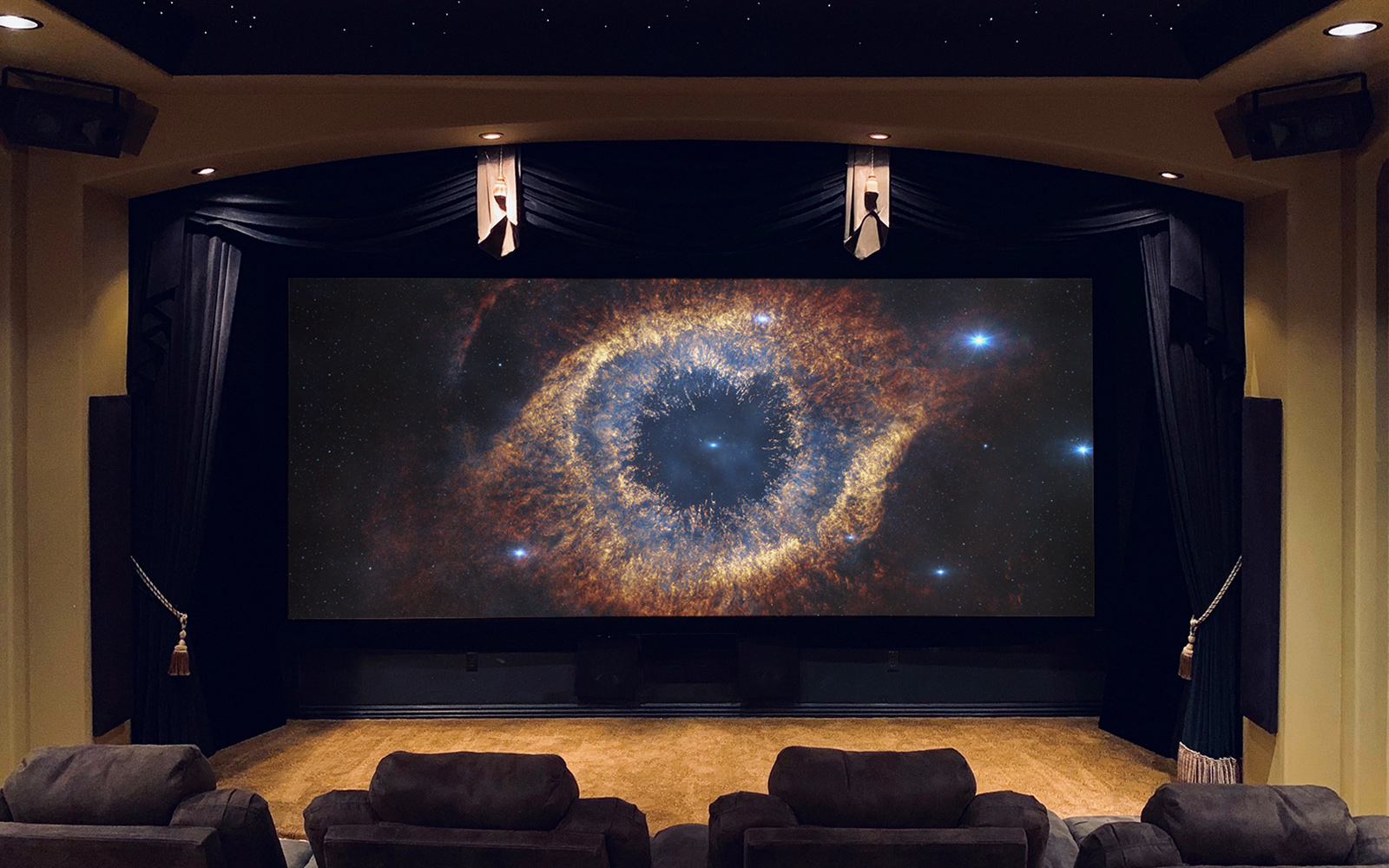Illuminating the Impact of Illumination Conditions on Movement Detection Accuracy and Dependability
Illuminating the Impact of Illumination Conditions on Movement Detection Accuracy and Dependability
Blog Article
Lighting environments have a crucial impact in the way effectively we can detect motion. Motion detection is a critical aspect of various technologies, such as security cameras, automatic illumination systems, and also some video games. Comprehending how different illumination conditions affect our capacity to detect movement can help enhance the design and effectiveness of these technologies. For example, poor illumination might result in missed movements or incorrect alarms, while optimal lighting can boost the precision of movement detection technologies.
In well-lit lighting environments, motion detection is generally more reliable. When there is sufficient illumination, sensors and cameras can capture sharper images, which assists in recognizing moving objects. Well-lit conditions allow for better contrast between the moving object and the background. This differentiation is essential for both visual viewers and mechanical technologies, as it makes it simpler to distinguish between stationary and moving elements in a setting. Therefore, making sure that areas are well-lit can greatly improve the effectiveness of motion detection systems.
On the other hand, dim conditions can pose challenges for motion detection. In low-light environments, darkness can obscure dynamic objects, which makes them difficult to perceive. Additionally, the human eye struggles to detect movement in dim news conditions, which can lead to misunderstanding of the situation in the environment. Cameras may also face difficulties, as many do not function well in dim conditions without the use of infrared technology or alternative enhancements. These limitations highlight the significance of sufficient lighting in environments where motion detection is essential.
Additionally, different types of illumination can have varying impacts on motion detection. For example, fluorescent lights can flash, which might mislead motion detection technologies that depend on consistent light input. On the contrary, daylight provides a steady form of lighting that improves visibility. Understanding these variations in lighting types can guide users in choosing the most appropriate lighting improving motion detection accuracy for specific uses, especially in security and surveillance situations.
In conclusion, the relationship between illumination environments and movement detection accuracy is important. By making sure that environments are appropriately lit, we can improve the dependability of movement detection technologies. This understanding not only supports technological uses but also enhances safety and security in various settings. As more developments are made in movement detection systems, considering illumination environments will remain a crucial consideration in enhancing effectiveness and guaranteeing that these technologies function properly in various conditions.